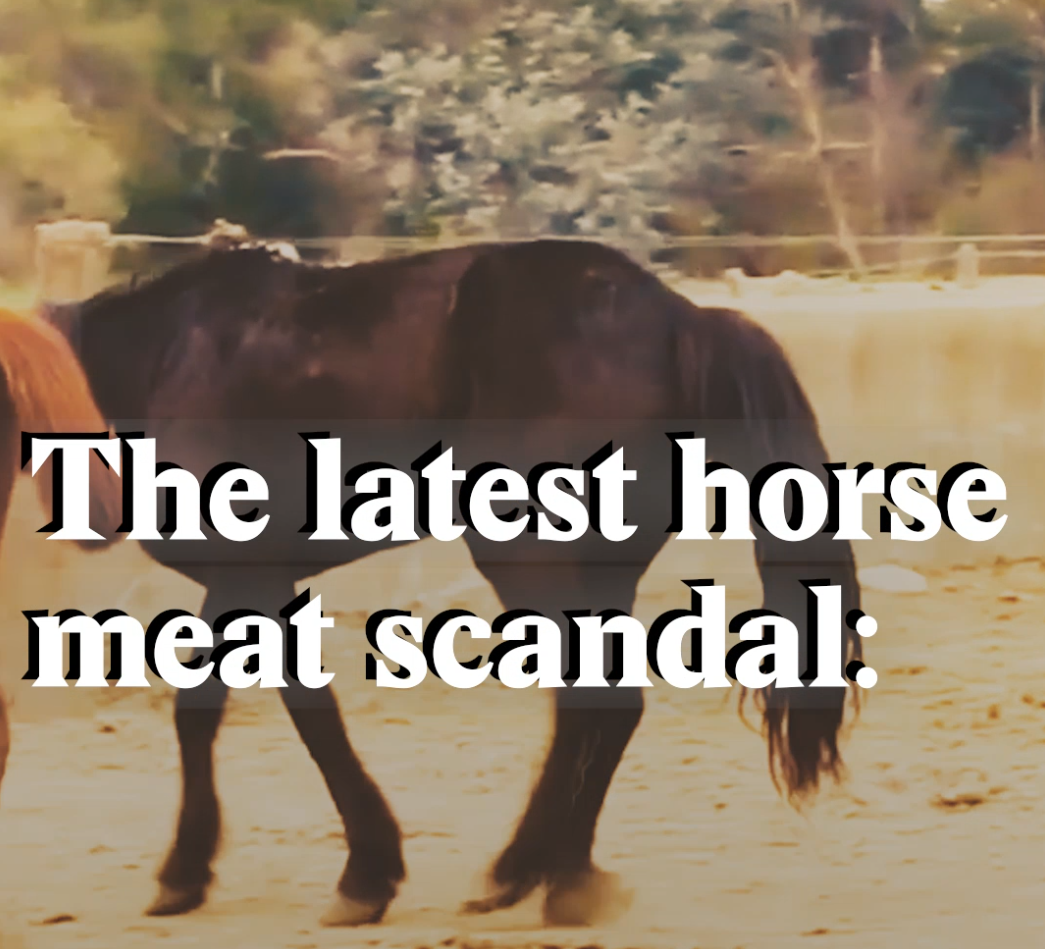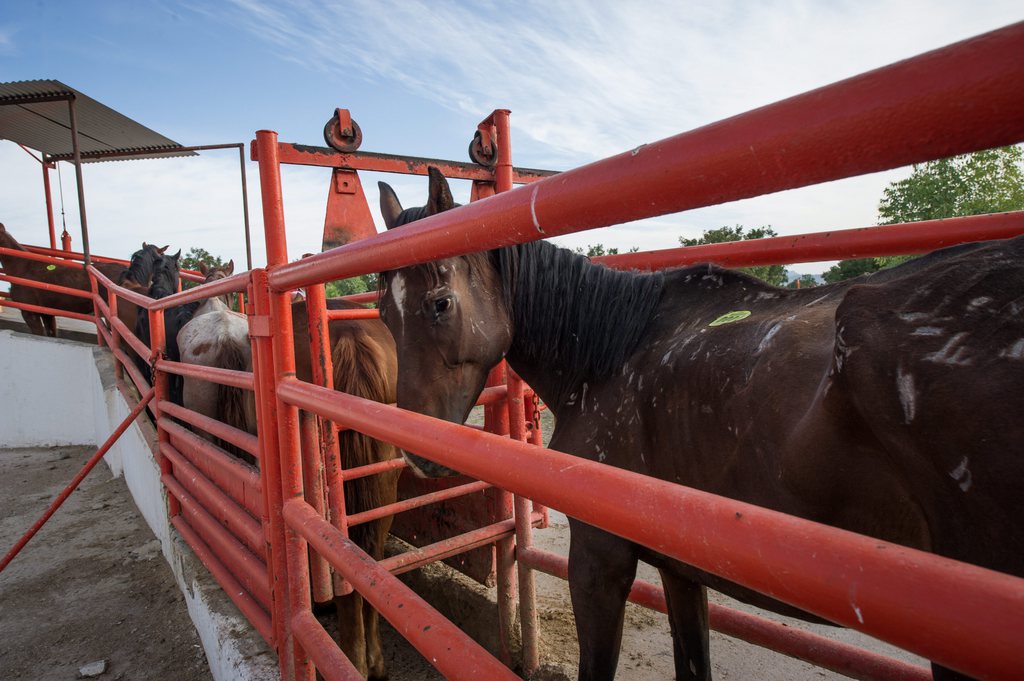
Horsemeat is a part of Swiss culinary heritage
Switzerland’s official inventory of culinary heritage has a new listing: horsemeat.
As the Culinary Heritage AssociationExternal link announced on Friday, this form of flesh is not without controversy – “comparable to eating dogs or cats” for those who see horses as companion animals.
However, it said that Swiss consumption of horsemeat had increased after the French Revolution, when France revoked its ban on the meat. Horsemeat became cheaper than beef as horses were less needed for riding and pulling carriages.
“For centuries, the horse was too valuable to end up on the slaughterhouse floor,” notes the association, adding that a horse eats more than a cow, uses the feed less efficiently and consumes more energy.
+ It’s not illegal to eat cats and dogs in SwitzerlandExternal link
Initiated by the federal government, the Culinary Heritage Association has an inventory listing 400 products, including salt, Alpine cheese from Glarus and rye bread from Valais.
Horsemeat and cheese from canton Jura were added at the end of this year. For a product to be included, it must, among other things, have been passed on from at least one generation to the next, and have been produced continuously for 40 years.
In recent years there have been scandals involving mistreated horses and mislabelled meat.

More
The latest horse meat scandal:

More
Vets call for action in new horsemeat scandal

In compliance with the JTI standards
More: SWI swissinfo.ch certified by the Journalism Trust Initiative





























You can find an overview of ongoing debates with our journalists here . Please join us!
If you want to start a conversation about a topic raised in this article or want to report factual errors, email us at english@swissinfo.ch.